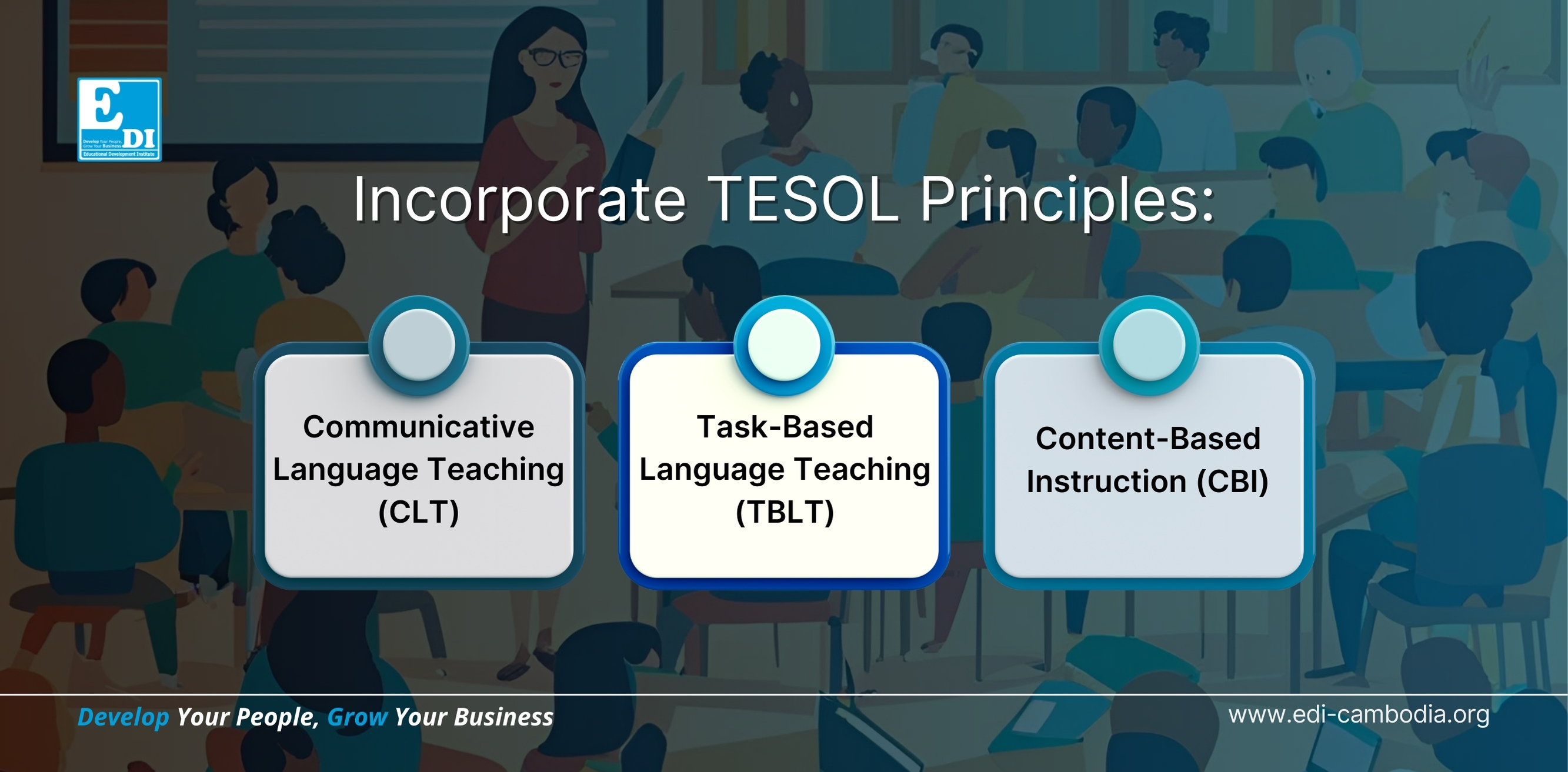Are you a non-native Teacher struggling to teach ENGLISH to non-native speakers?
Teaching English as a non-native speaker to other non-native speakers presents unique challenges and opportunities. Being a native or non-native teacher you can teach ENGLISH to non-native speakers with ease by following a unique approach and some effective strategies. Here are some tips and strategies to help you effectively convey the language:
1. Leverage Your Unique Perspective:
• Cultural insights: Share your experiences and perspectives to provide a unique cultural lens.
• Language acquisition: Draw on your own language learning journey to empathize with students.
2. Focus on Clarity and Pronunciation:
• Practice regularly: Practice your pronunciation and seek feedback from native English speakers.
• Use clear and simple language: Avoid complex sentence structures and unfamiliar vocabulary.
• Utilize visual aids: Support your explanations with images, videos, or real-life examples.
3. Build Confidence:
• Seek professional development: Attend workshops, conferences, or online courses to enhance your skills.
• Practice regularly: The more you teach, the more confident you'll become.
4. Incorporate TESOL Principles:
TESOL which stands for Teaching English to Speakers of Other Languages, is the field of education that focuses on teaching English to individuals whose native language is not English.

• Communicative Language Teaching (CLT): Focus on meaningful communication and real-world language use.
• Task-Based Language Teaching (TBLT): Use authentic tasks to promote language learning and development.
• Content-Based Instruction (CBI): Integrate language learning with subject matter content.
5. Address Cultural Differences:
• Be aware of cultural nuances: Understand how cultural differences can impact language learning.
• Create a culturally inclusive classroom: Foster a respectful and inclusive environment for all students.
6. Utilize Technology:
• Online resources: Leverage online platforms and tools for language learning and teaching.
• Multimedia materials: Incorporate videos, audio clips, and interactive activities to enhance learning.
7. Seek Feedback and Reflect:
• Evaluate your teaching: Regularly reflect on your teaching practices and seek feedback from students and colleagues.
• Make adjustments: Use feedback to improve your teaching methods and strategies.
Teaching English as a non-native speaker to other non-native speakers can be a rewarding experience. By applying these strategies, you can effectively convey the language and help your students achieve their English language goals.
If you like to learn more about specific aspects of TESOL, such as teaching methodologies, curriculum design, etc., we have a FULL TESOL CERTIFICATION Course for you. For more information please write to us at education@edi-cambodia.org or call us at 016 818 959 / 081 912 113.
Develop Your People, Grow Your Business


.png)




.jpg)




